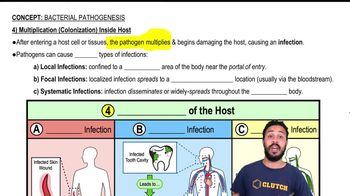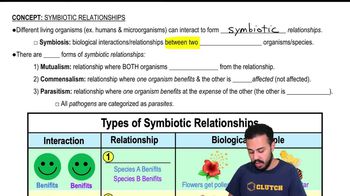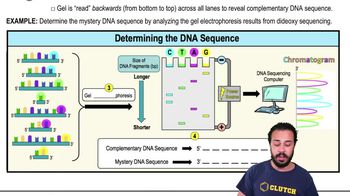Which of the following is an example of bioremediation?
a. application of oil-degrading bacteria to an oil spill
b. application of bacteria to a crop to prevent frost damage
c. fixation of gaseous nitrogen into usable nitrogen
d. production by bacteria of a human protein such as interferon
e. all of the above




